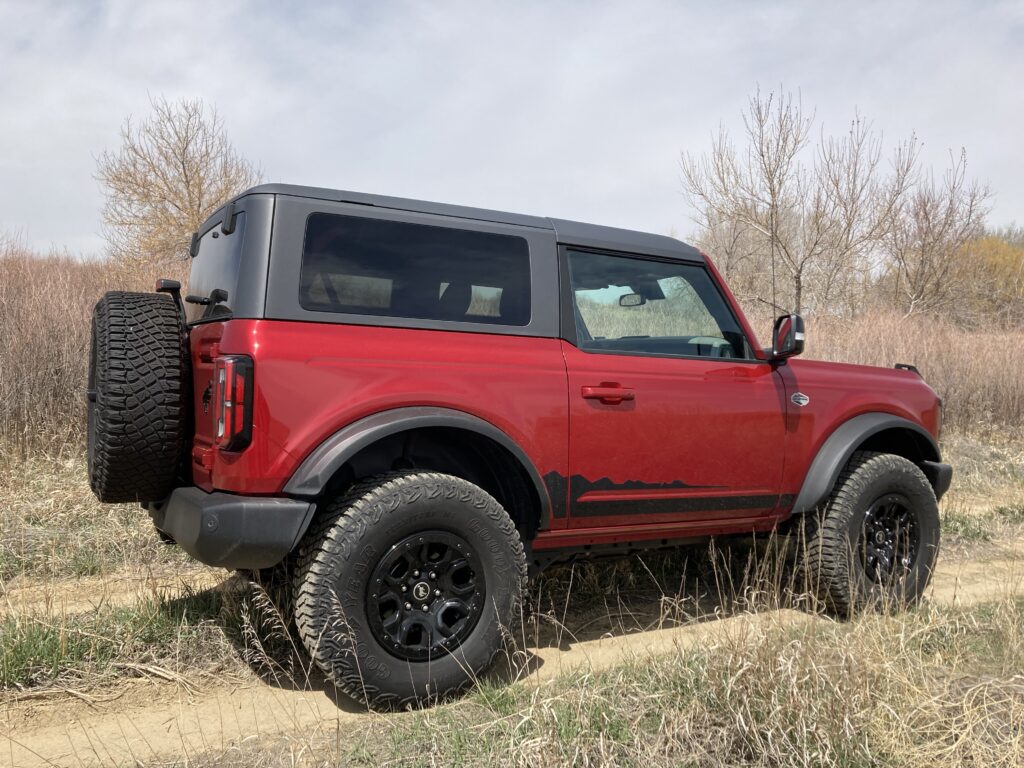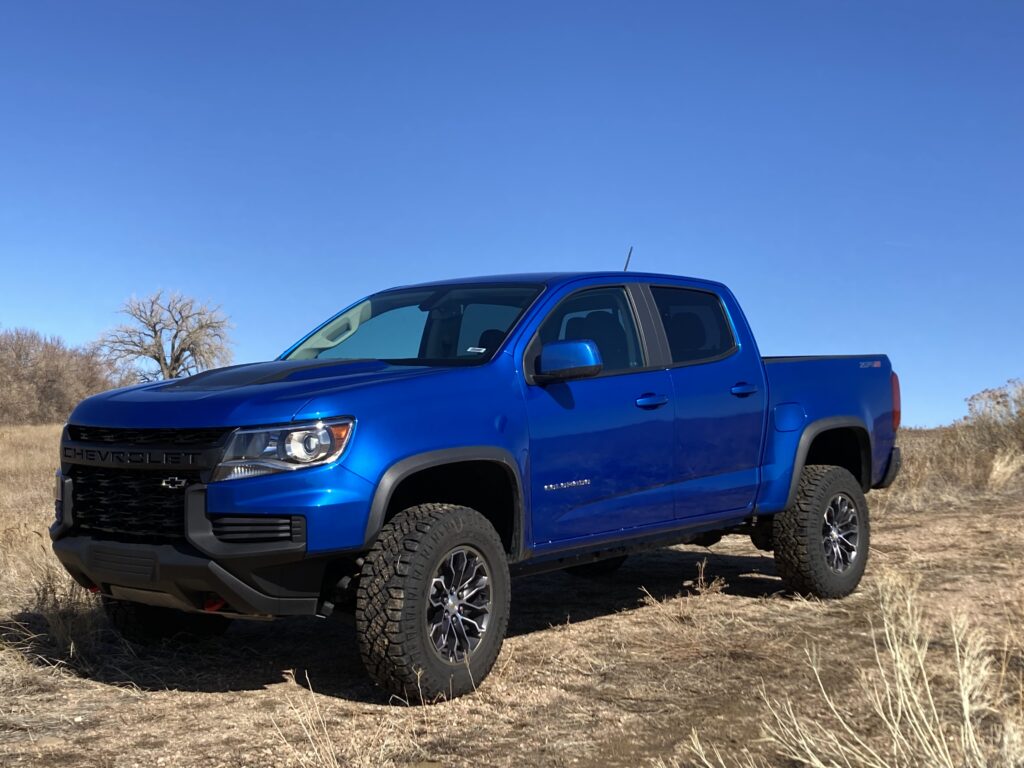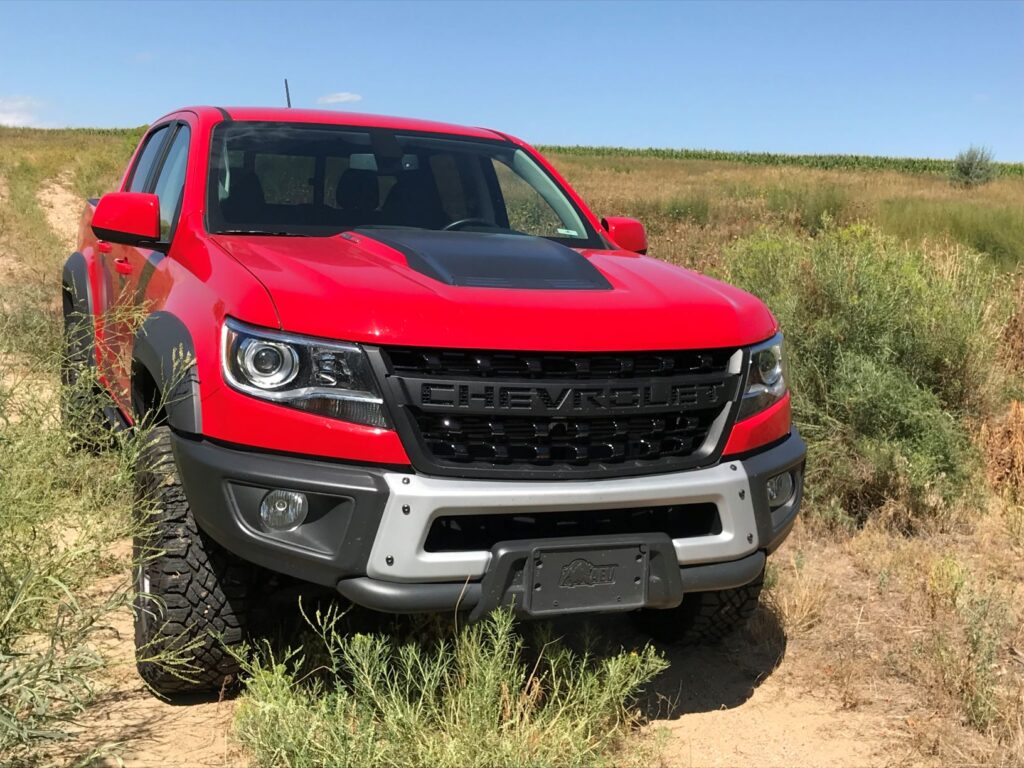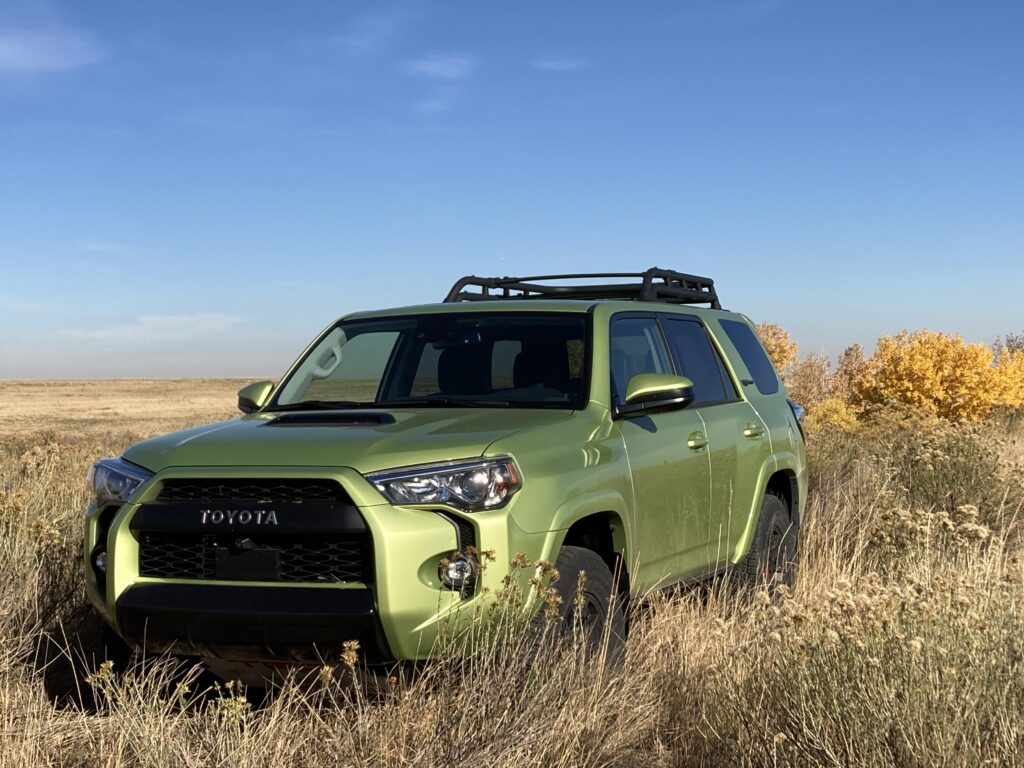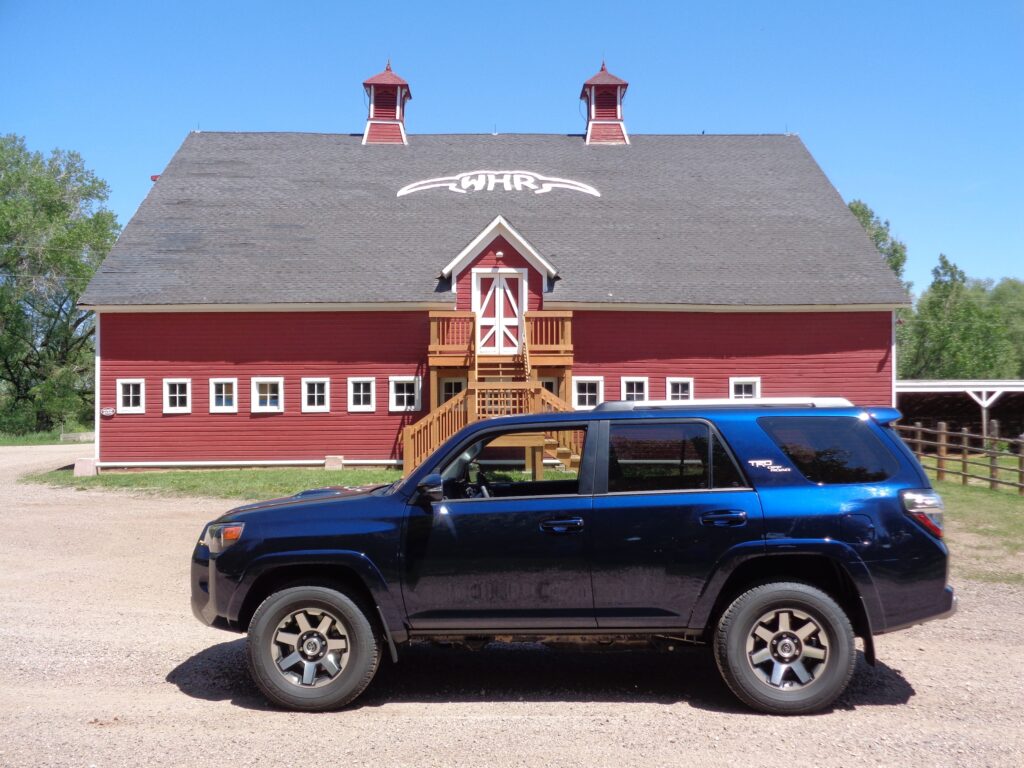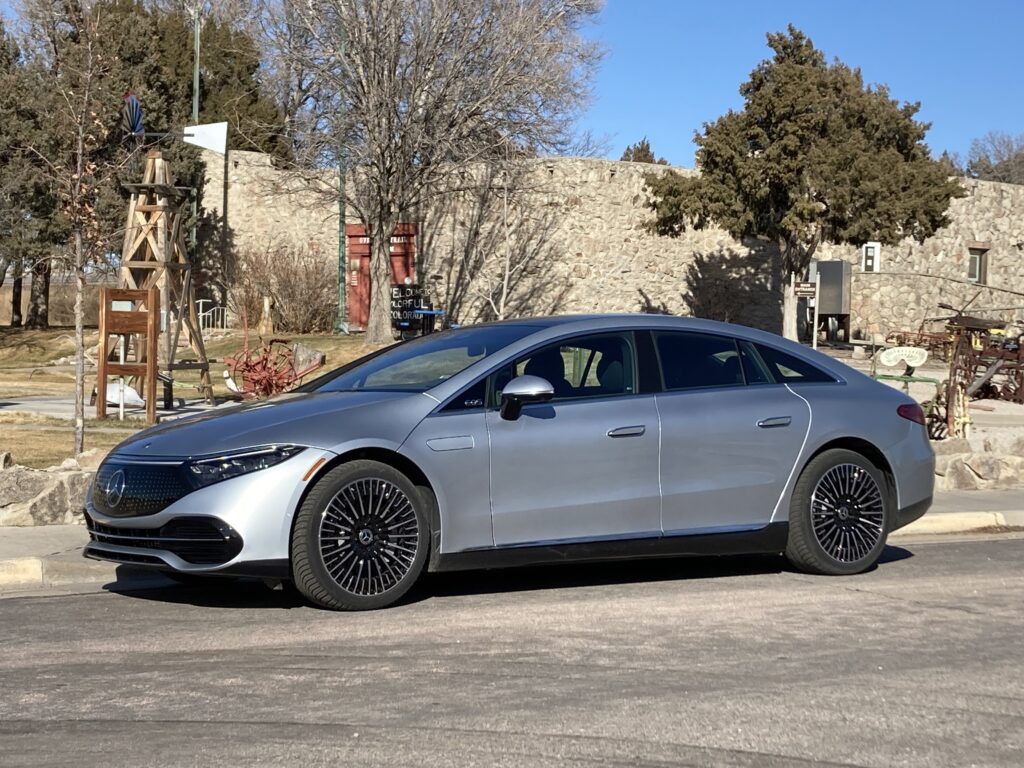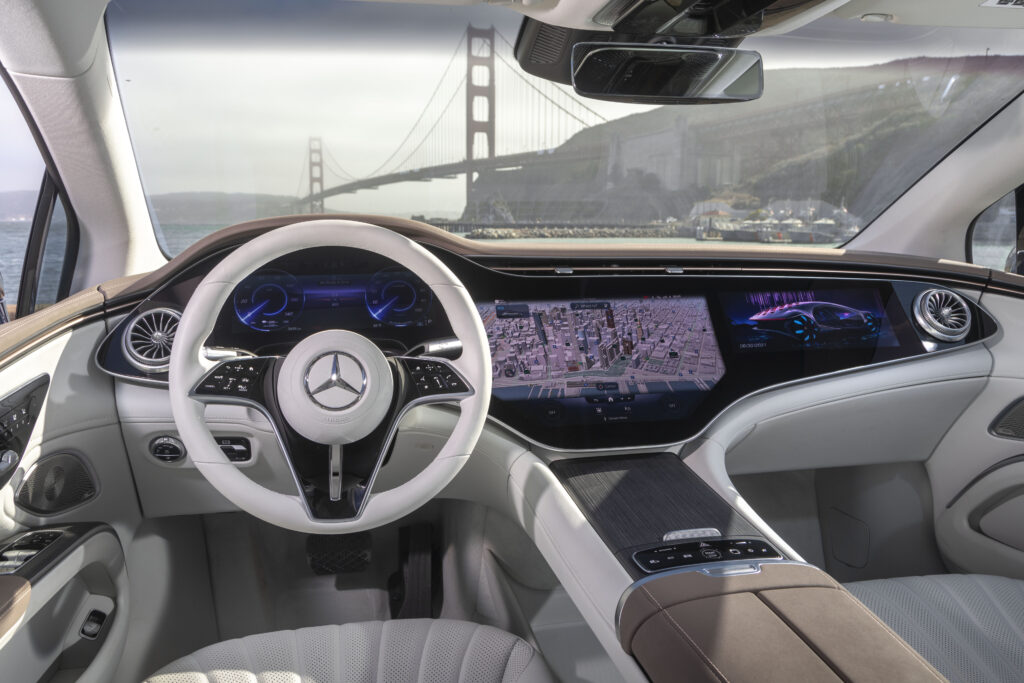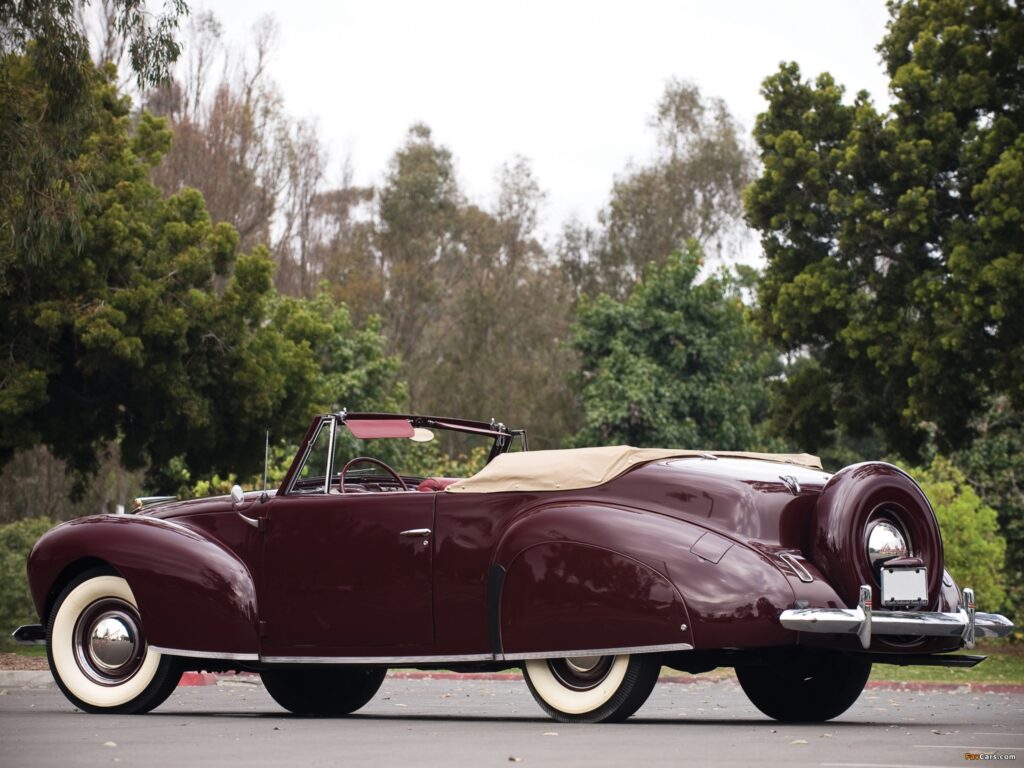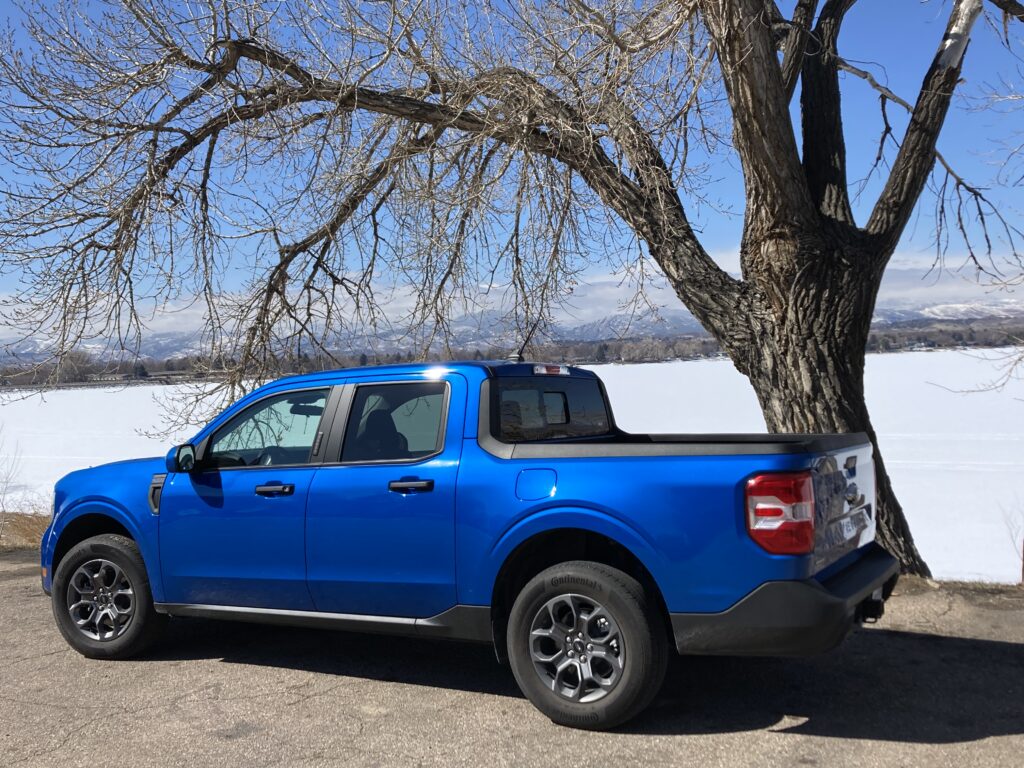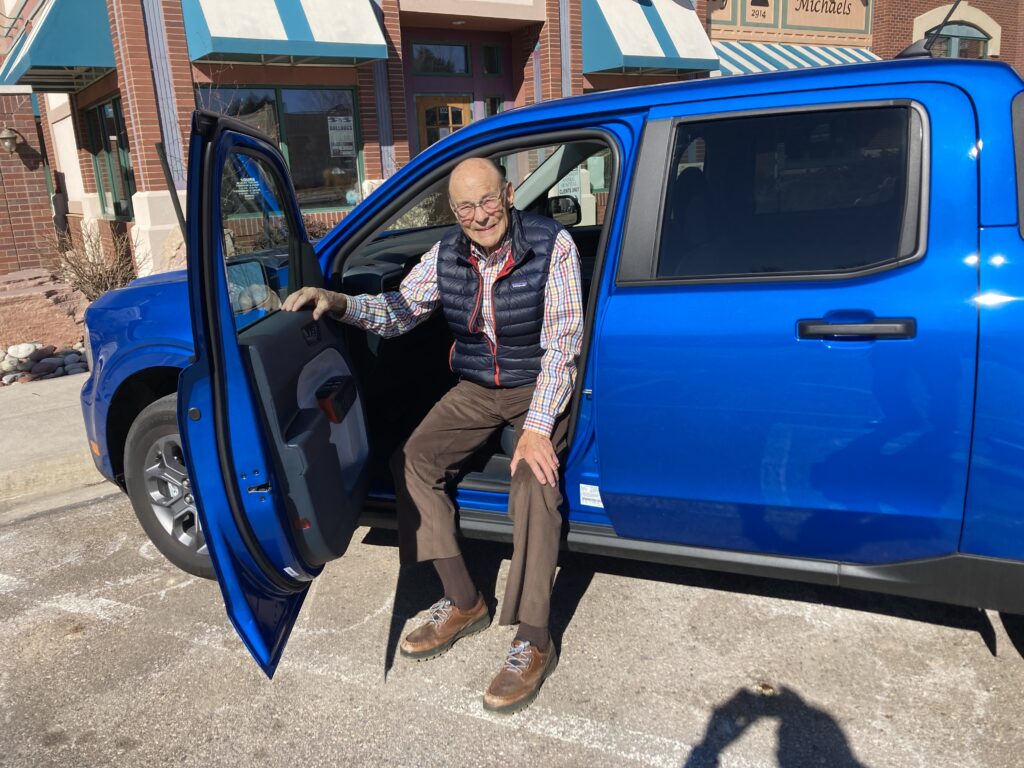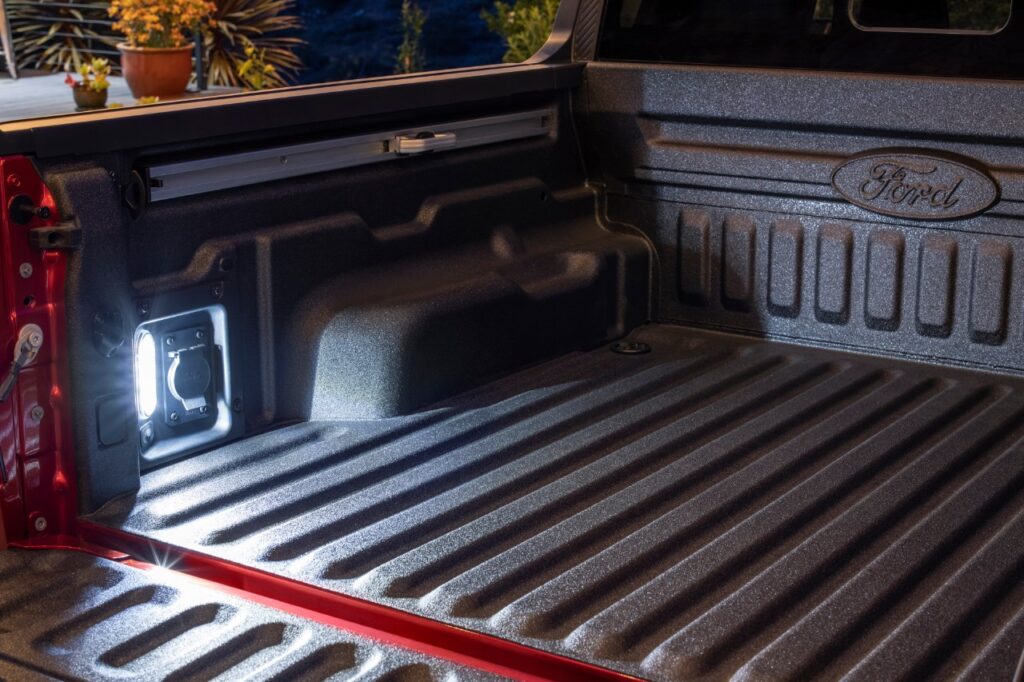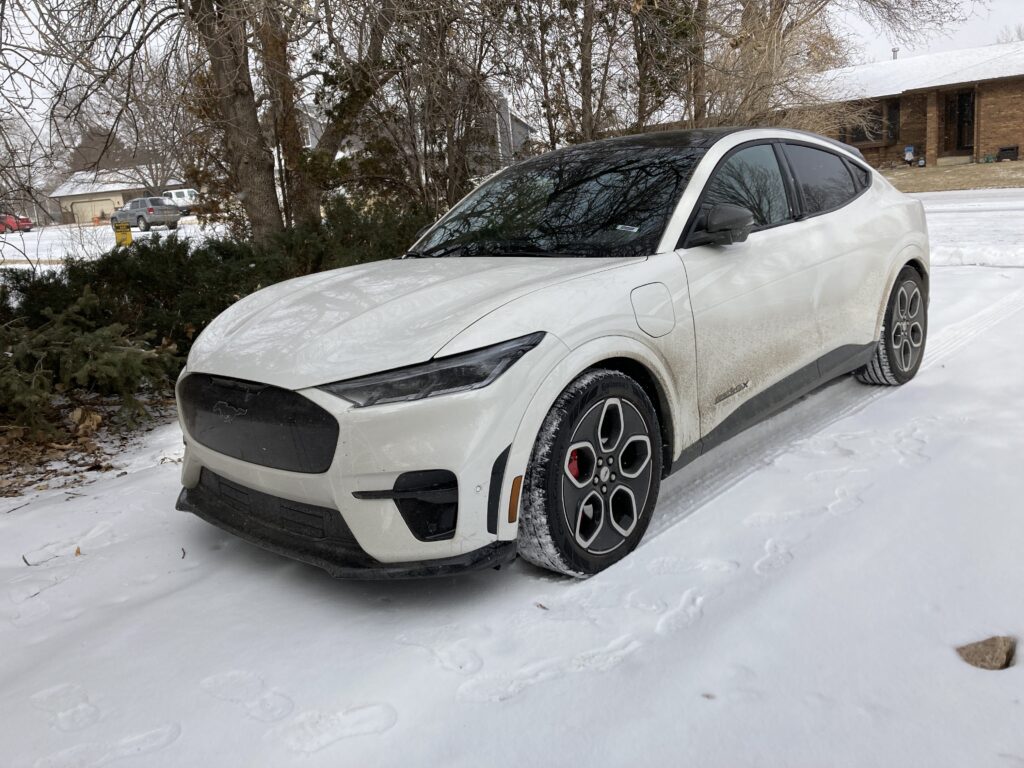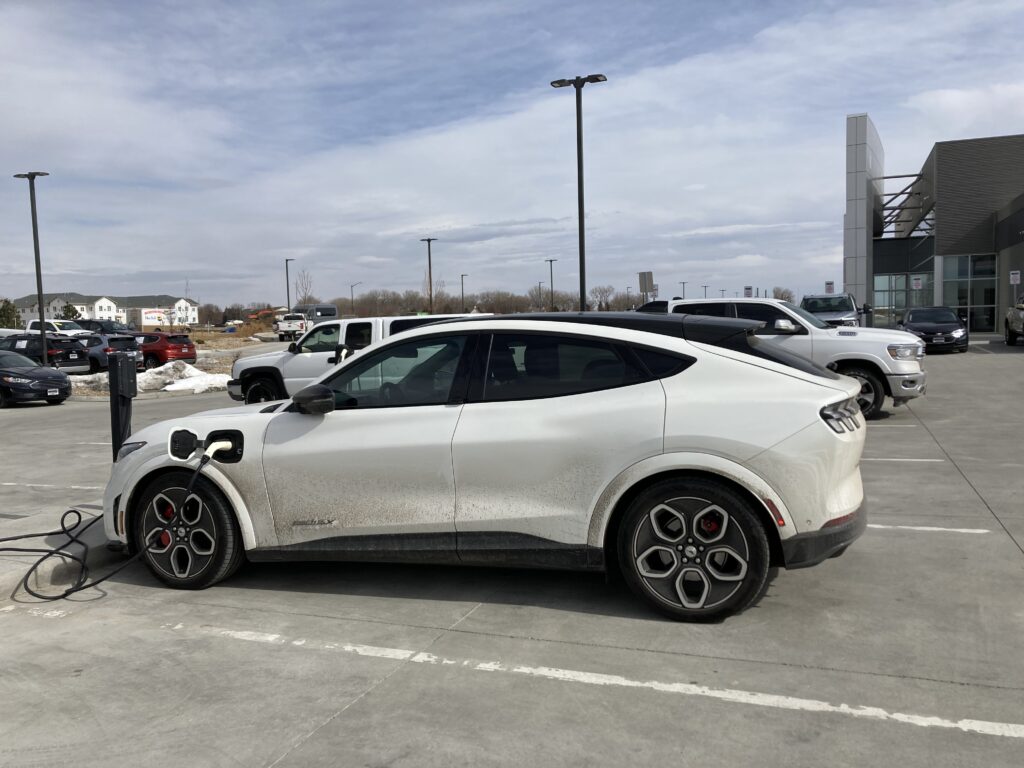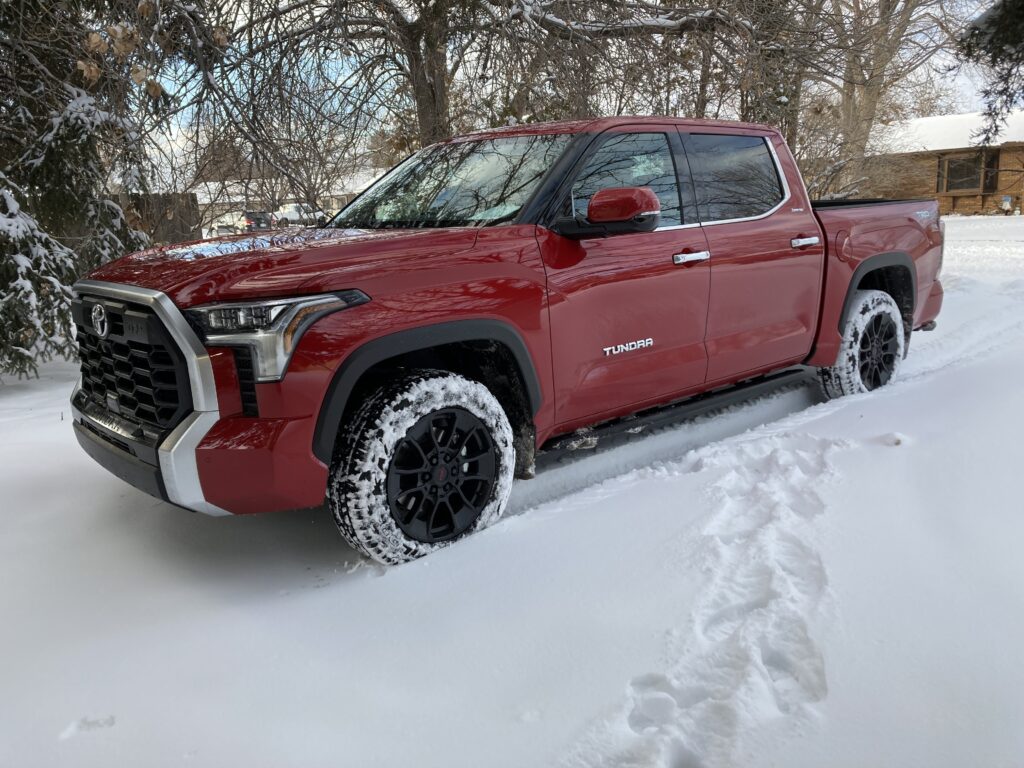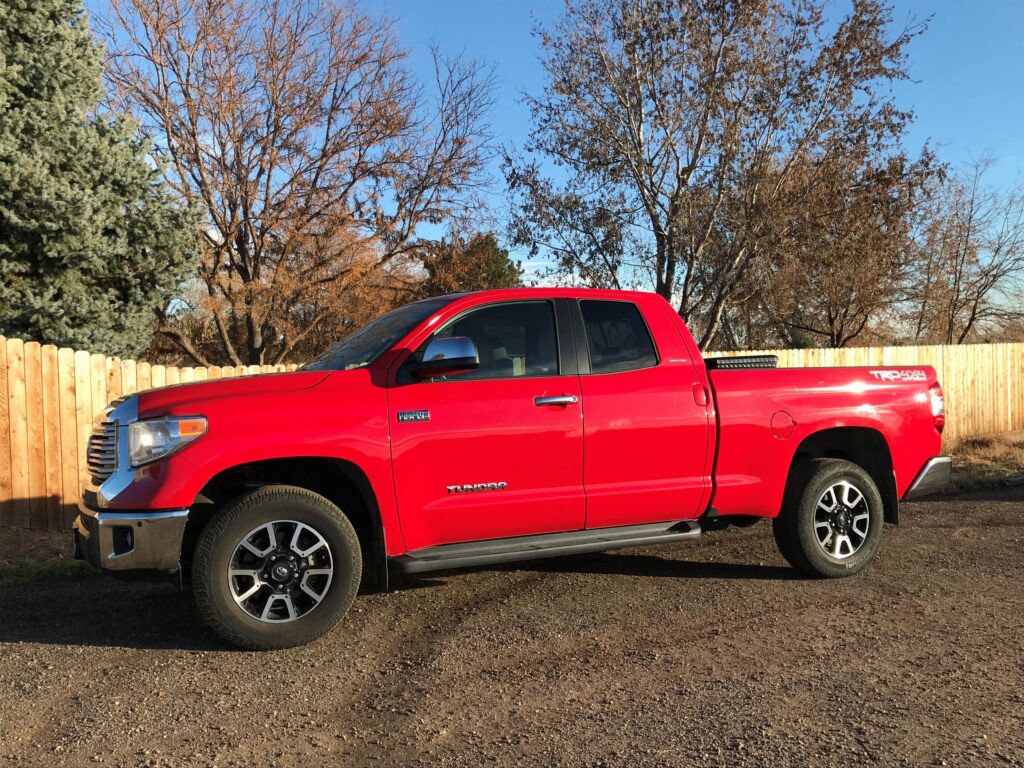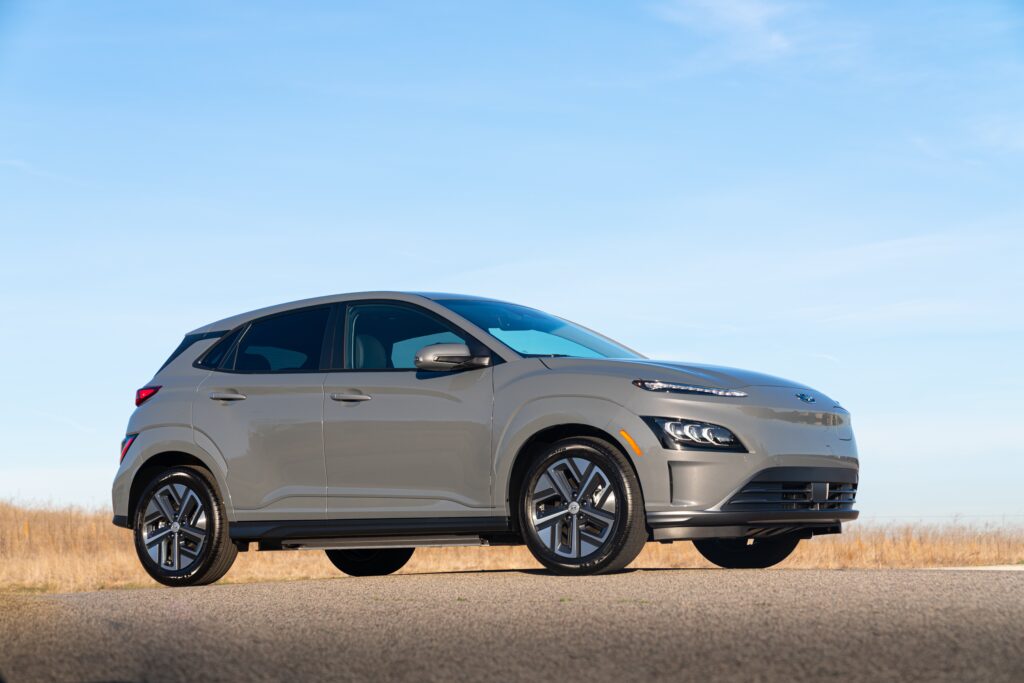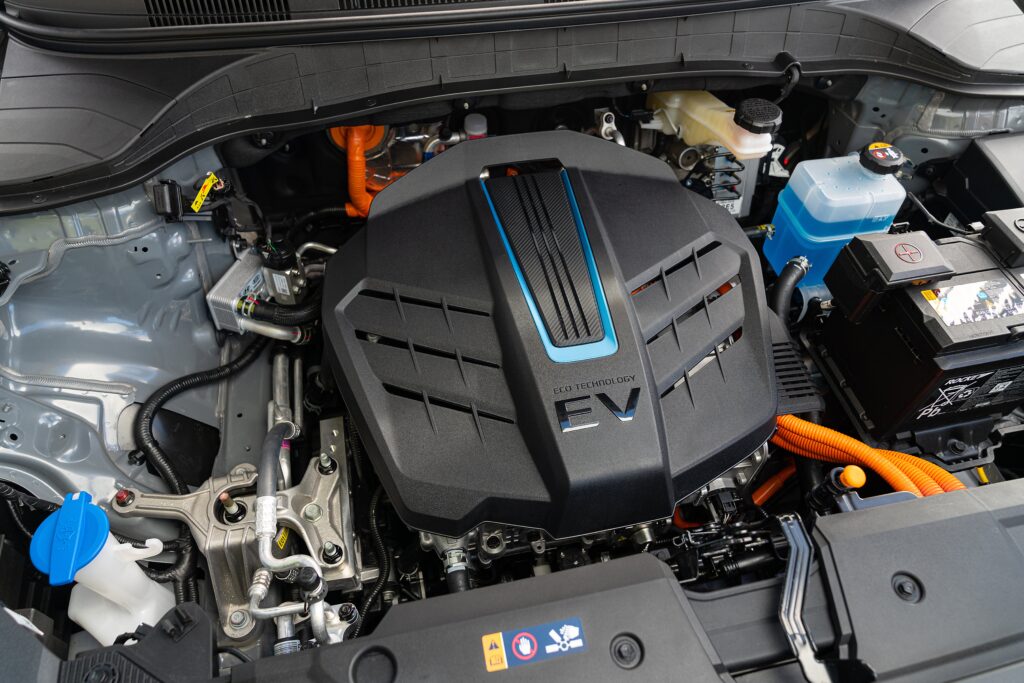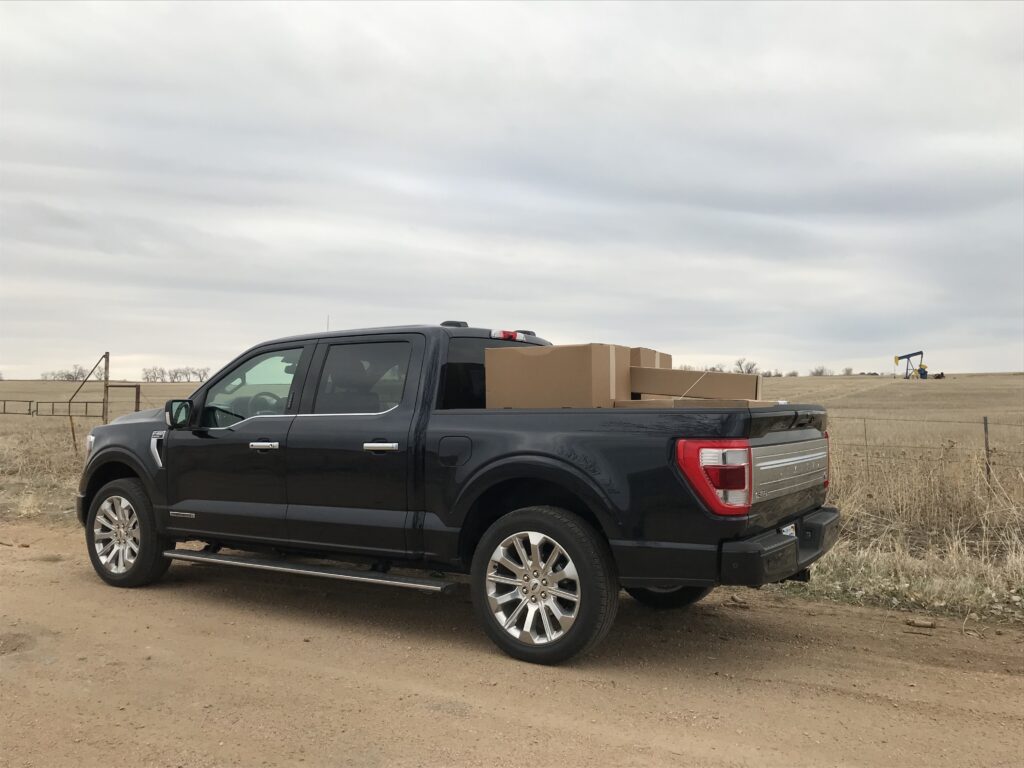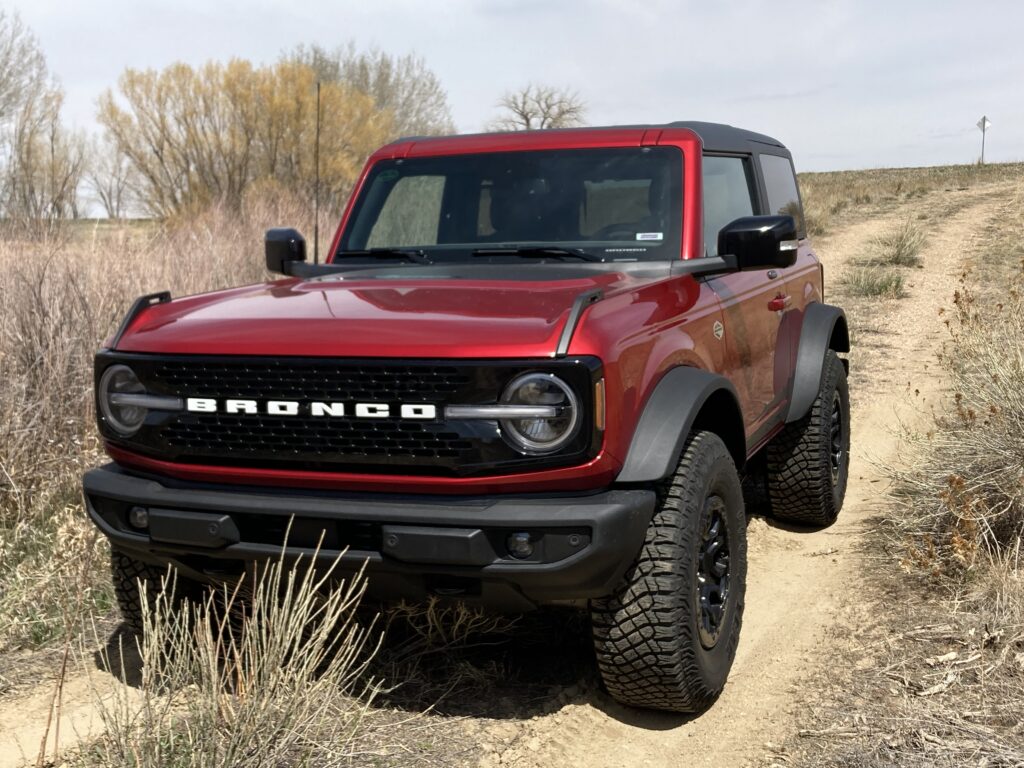
After all those quiet, smooth, sleekly styled all-electric models I’ve been reviewing through April 2022, along comes a return to the automotive world we’ve long known in the form of a Ford Bronco 2-door with the Sasquatch and Wildtrak packages.
So deeply rutted in offroad capability is this one that its chief rival, Jeep Wrangler, put together a competitive trim, the Rubicon Xtreme Recon.
In addition to the four-wheel-drive wonders built into the Ford Bronco Sasquatch, it has a 2-inch-wider track than other Broncos and stands taller than most, with a 25-inch step-in height.
It’s not entirely an offroad show, either, for I found the Sasquatch street-friendly. In lots of highway driving, the Bronco exhibited excellent control, with none of those squirrely moves so much a part of oldtime 4X4s.
But offroad is, of course, the name of the game, and Sasquatch responds with locking front and rear differentials, high-clearance suspension, skid plates, rock rails, automatic swaybar disconnect. The Wildtrak package offers a HOSS 3.0 (high-speed offroad suspension system) with Bilstein shocks.
The Sasquatch package adds Goodyear Territory 35-inch mud-terrain tires, with beadlock on the 17-inch wheels to help prevent the tire’s bead detaching from the wheel. With the big tires and lifted suspension, the Bronco Sasquatch boasts 11.6 inches of ground clearance.
In its design, Ford has retained some of the boxiness of the original Bronco. From its white-lettered “BRONCO” at the grille and the tiedowns for limb risers at front edge of fenders, the look squares off over the top and down the back side.
The top can be popped easily and quickly over either or both the front seats by releasing levers and latches on the overhead panels. Highway speeds bring lots of wind noise with the panels locked in place.
Even in its two-door configuration, the Bronco offers a comfortable ride with plenty of rear-seat space and cargo room. The rear gate and spare tire are swung open from the driver side.
Performance comes from the surprisingly strong 2.7-liter, Ecoboost V-6 engine and 10-speed automatic transmission, with various drive modes. Horsepower is 315 and torque 410 lb.-ft. All that size, power and equipment is costly in the fuel-usage measure, where EPA rating is 17 in town, city and combined; my overall average was 18.5 miles per gallon.
Adding the $4,495 cost of the Sasquatch package to the Bronco brought its total sticker price to $55,970, which also included adaptive cruise control, heated steering wheel and sound deadening headliner.
The standard Ford Bronco 2-door, introduced a year ago to face the popular Jeep Wrangler, is 172.7 inches in overall length on a wheelbase of 105.1 inches and curb weight of 3,500 pounds. The Bronco 4-door, battling the Jeep Wrangler Unlimited for sales, has overall length of 189.4 inches on wheelbase of 116.1 and curb weight of 4,500 pounds.
